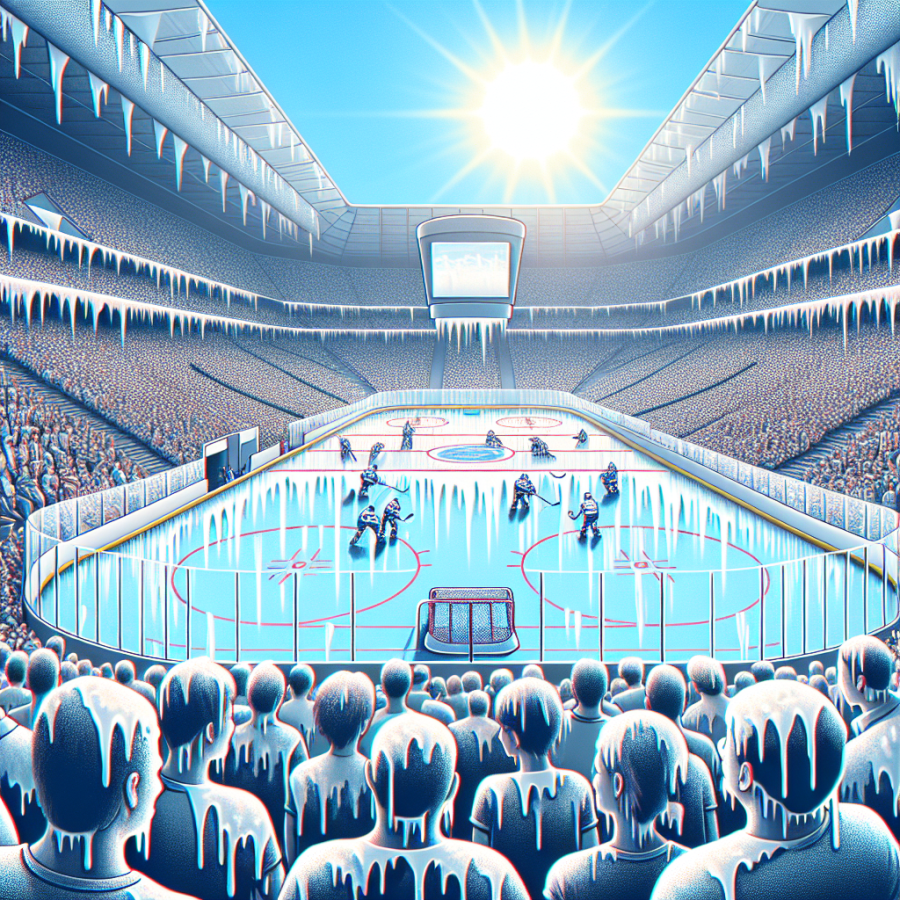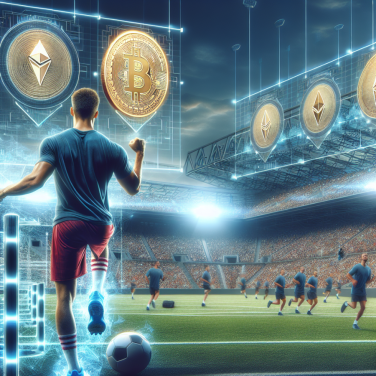Unraveling the Enigma: Investigating Post-Game Temperature Spikes on the Ice
In the fascinating world of ice sports, the ice rink is more than just a stage for athletes—it's an integral component of the competition itself. Maintaining the ideal temperature for ice surfaces is critical for both performance and safety. However, a peculiar phenomenon has been plaguing certain ice rinks: inexplicable spikes in temperature after games have concluded. The enigma of these unexpected post-game warm-ups has sparked thorough investigations by facility managers, engineers, and the sports community at large.
One of the first areas explored by researchers is the impact of the HVAC systems. Heating, Ventilation, and Air Conditioning systems are designed to keep the temperature and humidity at consistent levels to ensure a perfect sheet of ice. However, these systems can malfunction or become less effective if not properly maintained, causing fluctuation in the rink's temperature.
Beyond the HVAC systems, the behavior of the crowd has also been implicated in this mystery. The departure of a large audience can significantly alter the climate within an arena. As the game ends and spectators leave, the doors to the outside world open and close frequently, allowing for the ingress of warmer air which can affect the ice surface, albeit typically in a predictable manner. Additionally, the heat emanating from a crowd, oftentimes comprised of hundreds or thousands of individuals, dissipates once the game concludes, potentially destabilizing the carefully controlled environment.
Turning to the ice itself, the thermal properties of the ice surface warrant examination. Throughout the game, the friction from skates and sports equipment generates heat. This warmth accumulates and is typically compensated for by the rink's refrigeration system working at a higher capacity during play. Post-game, if the refrigeration system doesn't continue to counteract this heat effectively, the residual warmth may lead to increased temperatures at the ice surface.
It's also worth considering the scheduled maintenance activities that follow most sporting events. Ice resurfacing machines, commonly referred to as Zambonis, shave off the top layer of the ice and put down a fresh layer of water that will freeze to create a smooth surface. The hot water used by these machines is easier to spread and helps to fill in any gouges or scratches, improving the quality of the ice. However, if the resurfacing process is not optimized, the introduction of hot water can temporarily raise the temperature of the ice.
Moreover, the equipment used by the players and the ice resurfacers emit heat as well.
Read also:
Qianball: Exploring the Innovative Racquet-Sport Hybrid
Understanding the Post-Game Thermal Phenomenon
When a thrilling game comes to a close and the rink should be cooling down, it's perplexing to see the ice surface experiencing a rise in temperature. The science behind why this happens can be complex and multi-factorial. It is essential for those managing ice rinks to grasp the underlying reasons to maintain the optimal condition of the ice for both safety and performance purposes.
The Role of Body Heat and Crowd Dynamics
One of the most significant contributors to the temperature increase post-game is the cumulative heat produced by the players and spectators. The body heat generated by a crowd and the athletes can significantly raise the ambient temperature around the rink. When a game ends, this heat dissipates into the surrounding environment, including the ice surface.
Ventilation and Airflow Patterns
The heating system and airflow within an arena play a crucial role. Most rinks are designed to have a controlled air climate system that optimizes conditions for the ice during the game. Post-game, the system may shift, altering the air circulation and inadvertently causing heat pockets over the ice surface.
Humidity and Condensation Effects
Increased humidity post-game is another factor. The influx of people, the closing of doors that were frequently opened during the match, and the cessation of ice-resurfacing can lead to increased humidity. When warm, moist air from the arena contacts the colder surface of the ice, it can lead to condensation, which releases heat and warms the ice surface inadvertently.
Energy Transfer from Lighting and Machinery
The arena's lighting and other electronic equipment emit heat. While the game is ongoing, this heat dissipates with the higher energy air systems running. Once turned down post-match, the lights and idle machinery can allow for more heat to transfer to the ice surface as the general arena temperature equalizes.
The Ice's Insulating Blanket Effect
Another reason might be the coverings sometimes laid over the ice post-game for various reasons, such as concerts or other events. These covers act as insulators, trapping the heat within the ice surface while preventing the colder air from above to reach and cool the surface.
Managing the Meltdown: Preventive Measures
To prevent such heating up of the rink post-game, rink managers can employ several strategies. Gradual adjustment of the ventilation and cooling systems can ensure the temperature balance does not tip towards the warmer side too quickly.
Exploring the Causes: Uncovering the Reasons Behind Post-Match Rink Warming Phenomenon
The phenomenon of post-match rink warming has puzzled facility managers, athletes, and fans alike, leading to numerous inquiries into the potential causes of this unexpected increase in ice temperature after games or events. While many may initially suspect a failure in refrigeration systems or an environmental control malfunction, the reality of this meltdown mystery lies in a combination of factors inherent to the activities and conditions at the time.
One of the primary reasons behind rink warming post-match is the influx of heat from external sources. As a game concludes, crowds begin to disperse, with large numbers of spectators exiting the arena, and this departure often intersects with the arrival of maintenance or cleaning crews. The opening and closing of doors during the transition period can lead to an influx of warmer air from outside the rink, which impacts the overall temperature of the space.
Another significant contributing factor is the heat generated by the spectators themselves. The body heat from a crowded arena, particularly when filled to capacity, can substantially raise the ambient temperature. As the game ends and the crowd movement increases, the air circulation carries this heat throughout the arena, affecting the rink surface.
The third source of warmth is the lighting used during games. High-intensity lighting systems produce a considerable amount of heat which, over the course of a match, can cause the air above the ice to warm significantly. This warmer air can settle on the ice surface once the game is over and the air circulation changes, contributing to the rise in temperature.
On the ice, the mechanical stress from skaters during the game itself also contributes to warming. The intense physical activity associated with competitive sports such as hockey generates heat through friction between skate blades and the ice surface. Additionally, the resurfacing process, which is typically performed before, possibly during, and after a game, can introduce warmer water that may take longer to freeze, especially if subsequent resurfacing is needed without ample time for thorough cooling.
Maintenance practices can also influence post-match rink warmth. Ice temperature is typically lowered before a match to anticipate the heat influx that comes with occupancy and activity. If the reset of the ice plant's temperature setting back to normal operational levels is delayed or not adjusted correctly after a match, it may contribute to the slow recovery of the ice temperature to standard conditions.
Finally, the rink's HVAC and refrigeration systems themselves may exhibit a degree of thermal inertia, meaning they are slow to react to the sudden decrease in heat load as the crowd leaves the building.




